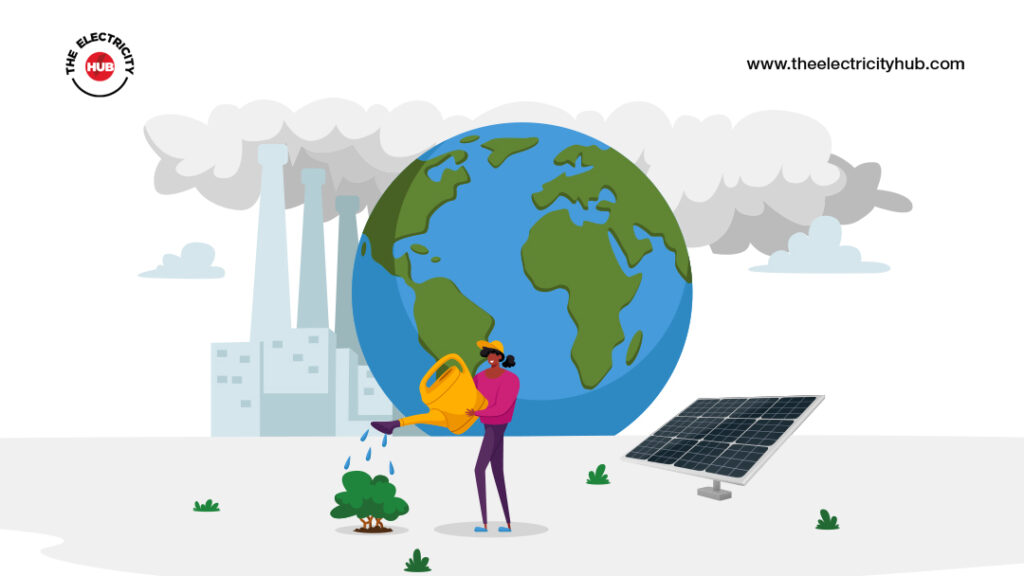
The global climate crisis poses an unprecedented challenge for humanity, demanding immediate action to reduce greenhouse gas emissions. In the quest for sustainable development, policymakers worldwide have sought innovative and intelligent solutions, and one such mechanism that has gained traction is the carbon market. The carbon market, also known as emissions trading or cap-and-trade, is an economic tool that aims to mitigate climate change by putting a price on carbon emissions. The aim of this work is to delve into the concept of the carbon market, its functioning, benefits, and criticisms, thereby highlighting how it exemplifies an informed and intelligent approach to addressing climate change.
The carbon market operates on the principle of creating a financial incentive for industries to reduce their carbon footprint. It sets a limit, or cap, on the total amount of emissions allowed within a specific jurisdiction. This cap is divided into emissions allowances, often referred to as permits or carbon credits, which are allocated to companies based on various criteria, such as historical emissions or sector-specific benchmarks. Companies that emit less than their allotted allowances can sell their surplus credits to those who exceed their limits. This creates a market with a price for carbon, reflecting its social and environmental costs (Grubb, 2003).
One of the primary advantages of the carbon market is its ability to harness market forces to achieve emission reductions efficiently. By putting a price on carbon, it incentivizes companies to adopt cleaner technologies, invest in renewable energy, and improve energy efficiency, thus reducing emissions in a cost-effective manner (Stavins, 2019). This approach promotes innovation as companies strive to develop low-carbon solutions to trade their surplus allowances or meet future regulatory obligations. Moreover, the carbon market helps channel financial resources into sustainable projects and encourages countries to collaborate in achieving their emission targets by allowing the trading of allowances across borders (Buchner et al., 2019).
The carbon market’s potential extends beyond national boundaries, fostering international cooperation to combat climate change. Under mechanisms like the Clean Development Mechanism (CDM) and Joint Implementation (JI), developed countries can invest in emission reduction projects in developing nations and earn credits for their own compliance. This assists developing countries in transitioning to low-carbon economies while supporting global emission reduction efforts. Moreover, it contributes to social equity by providing financial resources for sustainable development in disadvantaged regions, improving living conditions, and creating employment opportunities (World Bank, 2012).
Despite its positive aspects, the carbon market is not without criticisms. Critics argue that financial interests may prioritize profits over environmental integrity, leading to concerns such as market manipulation and weak enforcement (Newell & Paterson, 2010). Furthermore, the accuracy of carbon offset projects—such as tree planting or emissions reduction projects abroad—is questioned, as their actual impact can be difficult to monitor (Michaelowa, 2007). Additionally, some critics argue that the market-based approach may perpetuate socio-economic inequalities, as companies with higher financial resources can afford to comply easily, while vulnerable communities bear the brunt of environmental degradation (Harris & Symons, 2012).
In conclusion, the carbon market represents an intelligent and informed approach to combating climate change, utilizing economic principles to incentivize emission reductions efficiently. By creating a price for carbon and promoting international cooperation, it offers a viable pathway to attaining emission reduction targets and transitioning toward a low-carbon economy. However, ongoing efforts are necessary to strengthen the carbon market’s integrity, address concerns of social equity, and ensure that it operates alongside other policy tools to encourage sustainable development and secure a resilient future for generations to come.